41 how to teach addition to first graders
25 Awesome Addition Activities That All Add Up to Fun - We Are Teachers Try these fun addition activities in the classroom or at home to help your students become math wizards in no time! 1. Build block towers. Lay out flashcards, and then use blocks to create towers that answer the problems. Addition activities like this incorporate visual and hands-on techniques, honoring a variety of learning strategies. Adding and Subtracting - Scholastic They will teach "fact families," a term for using the inverse relationship between addition and subtraction to solve problems. For example, 5, 4 and 9 is a fact family. If 5 plus 4 equals 9, then 9 take away 5 must equal 4. Shortcuts to Learning Most 1st grade teachers employ little tricks to help kids master addition and subtraction.
Basic Addition | Arithmetic (video) | Khan Academy Welcome to the presentation on basic addition. I know what you're thinking, Sal, addition doesn't seem so basic to me. Well, I apologize. Hopefully by the end of this presentation or in a couple of weeks it will seem basic. So let's get started with, I guess we could say, some problems. Well let's say I start with an old classic. 1 plus 1.
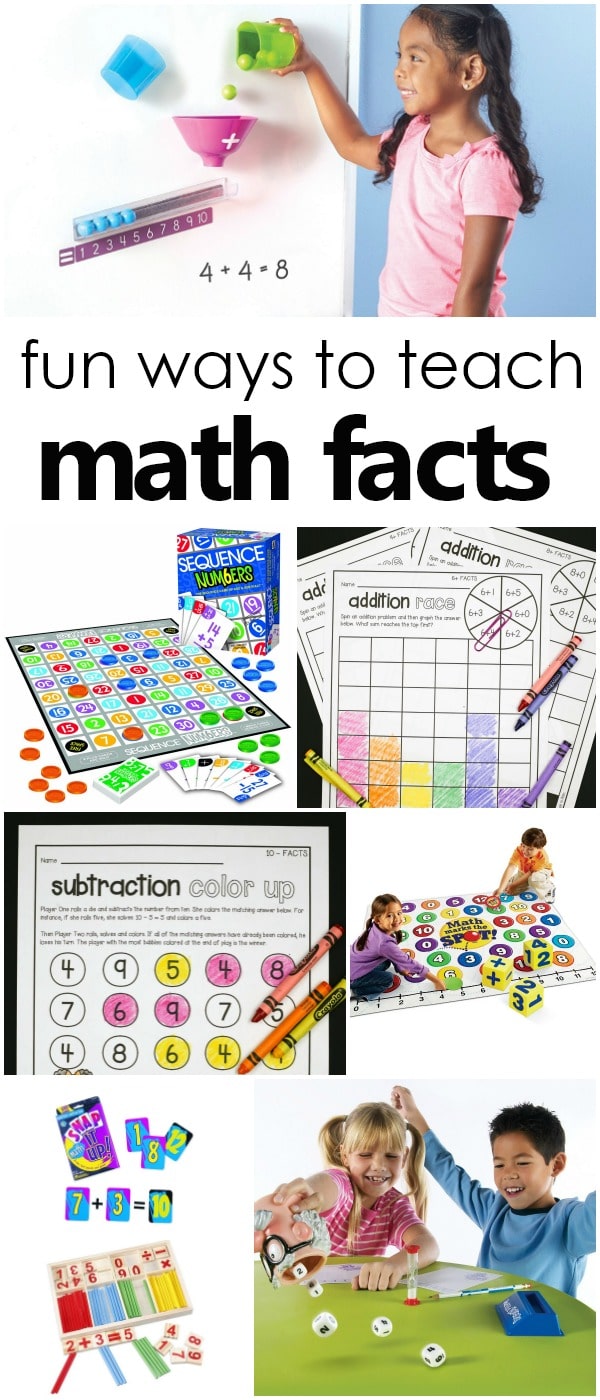
How to teach addition to first graders
21 Awesome Addition Worksheets For Grade 1 - The Teach Simple Blog There are many great strategies to teach addition in Grade 1. Using physical manipulatives is the best place to start. Count out toys or crayons together. From there, you can move on to visuals. Visuals are highly effective tools in strengthening concepts like addition. 4 Ways to Teach a Child Addition - wikiHow Use objects to demonstrate how addition works. Children respond well to visual tools that help them understand addition concepts. Any easily handled object may be used, from beads or blocks to Cheerios. Start with a small number of items and use a variety of tactics to demonstrate number relationships: Everything You Need to Know to Teach Your Child the Addition Facts How to teach your child the addition facts Step 1: Break it up. Instead of overwhelming your child with all of the addition facts at once, first break the facts into smaller groups. There are many ways to do this, but I've found that tackling the facts in this order usually works best: +1 and +2 facts (dark blue) Pairs that make 10 (dark coral)
How to teach addition to first graders. Addition Strategies for First Graders - Lucky Little Learners Some strategies that I like to use when teaching addition are: (these are all covered in the First Grade Addition Interactive Notebook) 1. Zero Facts 2. Turn-Around Facts 3. Counting On 4. Doubles Facts 5. Using Fingers 6. Using Manipulatives 7. Near Doubles 8. Make a Ten 9. Part Part Whole 10. Combining Numbers 11. Tally Marks 12. Ten Frames 13. Addition and Subtraction Fact Families | EasyTeaching - YouTube Teach children how addition and subtraction are linked. Understand how to use addition to help solve subtraction. Understand fact families. Find thousands mo... Teaching Addition and Subtraction Strategies - The Owl Teacher An Addition Example - the Split Strategy During the mini-lessons, I begin teaching the split strategy of addition by first making it concrete by using base ten blocks. Since this lesson requires me to demonstrate using blocks, I had my students stay where they were and used the doc cam. I started with two-digit numbers to make it a bit easier. Browse 1st Grade Addition Lesson Plans | Education.com Entire Library Printable Worksheets Games Guided Lessons Lesson Plans. . 1 result. 1st grade . Addition . Sort by. First Grade Daily Sub Plan Day 3. Lesson Plan. 1.
Addition up to 20 | Math for Kindergarten & 1st Grade - YouTube Addition up to 20 | Math for Kindergarten & 1st Grade | Kids Academy Kids Academy 661K subscribers Subscribe 1.1K 418K views 6 years ago Math | Preschool and Kindergarten Thousands of parents... Number Line Basics - Adding and Subtracting | First Grade ... - YouTube This lessons teaches kids how to add and subtract within 20 using a number line. For more fun way to learn math visit . How to Help a Child Struggling in First Grade Math - Verywell Family Since first-graders need to learn their numbers, you can play spot the number and have your child keep track of how many numbers she can see out the window on street signs, storefronts, houses, and more. In the kitchen: Talk about concepts like doubling ingredients in a recipe or cutting a recipe in half. Teaching 1st Grade: 65 Tips, Tricks & Ideas - We Are Teachers Teach them how to retell a story Use these reading comprehension anchor charts to review stories with your first graders and strengthen their recall skills after reading. 24. Use paint strips to work on CVC words Image source: Serving Pink Lemonade Practice making new words by adding word parts to different beginning letters and letter sounds.
6 Strategies to Teach Addition - I Love 1st Grade First-graders often struggle with understanding that they can combine two separate numbers to make a larger quantity. Counting with manipulatives is the perfect way to teach first-graders to add numbers together. I love using manipulatives in my classroom because it's a tangible way to understand mathematical concepts. Addition and subtraction | 1st grade | Math | Khan Academy Skill Summary. Relate addition and subtraction. Addition within 20. Subtraction within 20. Quiz 1: 5 questions Practice what you've learned, and level up on the above skills. Equal sign. Missing number within 20. Quiz 2: 5 questions Practice what you've learned, and level up on the above skills. Word problems within 20. 14 Strategies for Teaching Addition - Lucky Little Learners Teach your students to write down their equations and use their counters to represent each addend. Then, they count them all up to get the sum. Remember to introduce and use the terms addition, addend, sum, and equation as often as possible. Exposure to those tier 3 vocabulary words is so important for our students. Addition in First Grade! - Susan Jones How do you teach addition in first grade? I love teaching addition in the younger grades. After we have built a strong number sense, we start with simple addition using manipulatives. We use buttons, cubes, gameboard pieces, etc. Basically anything we can get our hands on.
Browse 1st Grade Addition Hands-on Activities | Education.com 1st grade Addition Sort by Seventeen: A Math-Builder Card Game Activity Play Egg Carton Addition Activity Play Ice Cream Addition! Activity Addicted to Addition Activity Roll the Dice Activity Elevens Card Game Activity Sums of 10 Activity Sum It Up Activity Halloween Party Game Activity 1 Search 1st Grade Addition Hands-on Activities
How to Teach Addition | 7 Simple Steps - 3P Learning Here's a 7-step process for teaching addition that creates easier lesson plans for you, and better understanding for your students. 1. Introduce the concept using countable manipulatives Using countable manipulatives (physical objects) will make addition concrete and much easier to understand.
Everything You Need to Know to Teach Your Child the Addition Facts How to teach your child the addition facts Step 1: Break it up. Instead of overwhelming your child with all of the addition facts at once, first break the facts into smaller groups. There are many ways to do this, but I've found that tackling the facts in this order usually works best: +1 and +2 facts (dark blue) Pairs that make 10 (dark coral)
4 Ways to Teach a Child Addition - wikiHow Use objects to demonstrate how addition works. Children respond well to visual tools that help them understand addition concepts. Any easily handled object may be used, from beads or blocks to Cheerios. Start with a small number of items and use a variety of tactics to demonstrate number relationships:
21 Awesome Addition Worksheets For Grade 1 - The Teach Simple Blog There are many great strategies to teach addition in Grade 1. Using physical manipulatives is the best place to start. Count out toys or crayons together. From there, you can move on to visuals. Visuals are highly effective tools in strengthening concepts like addition.

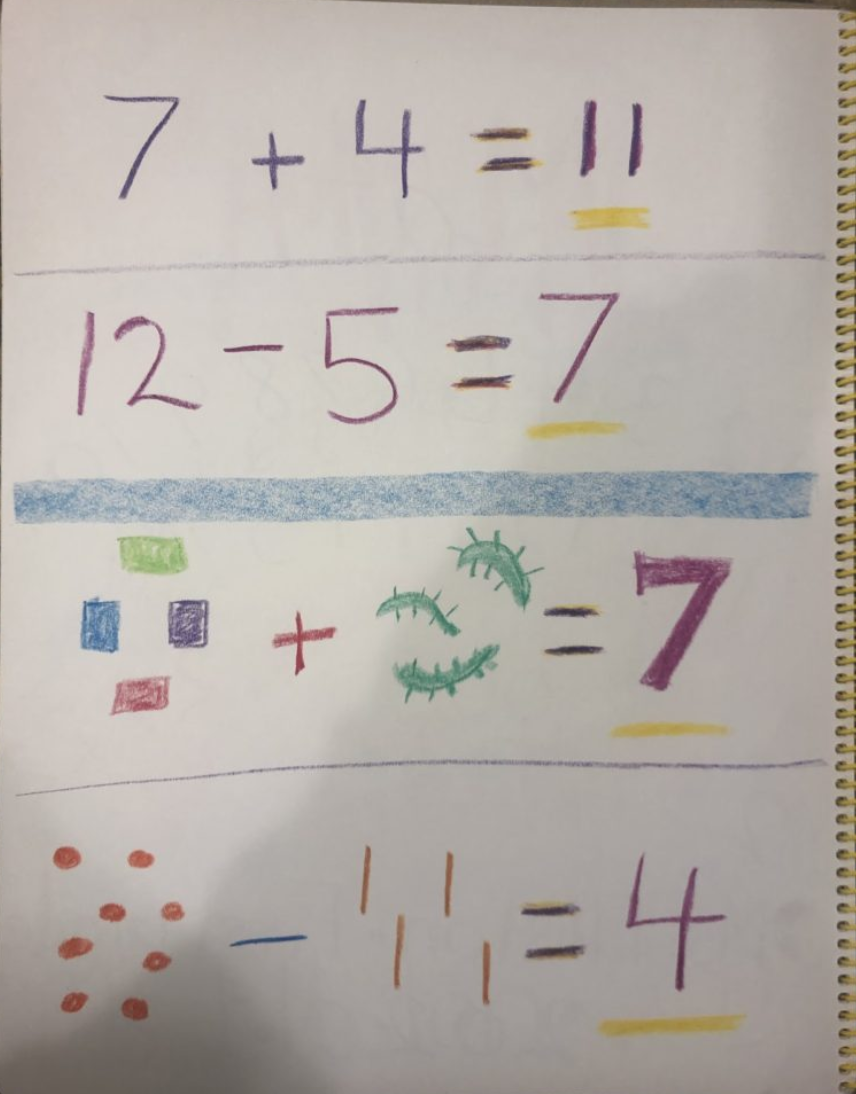

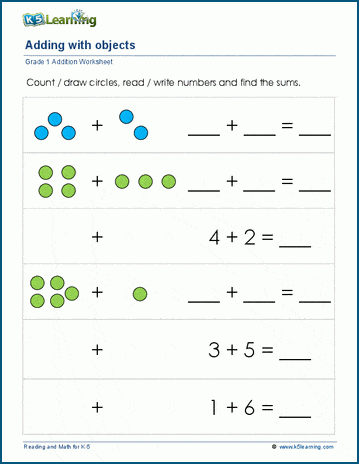

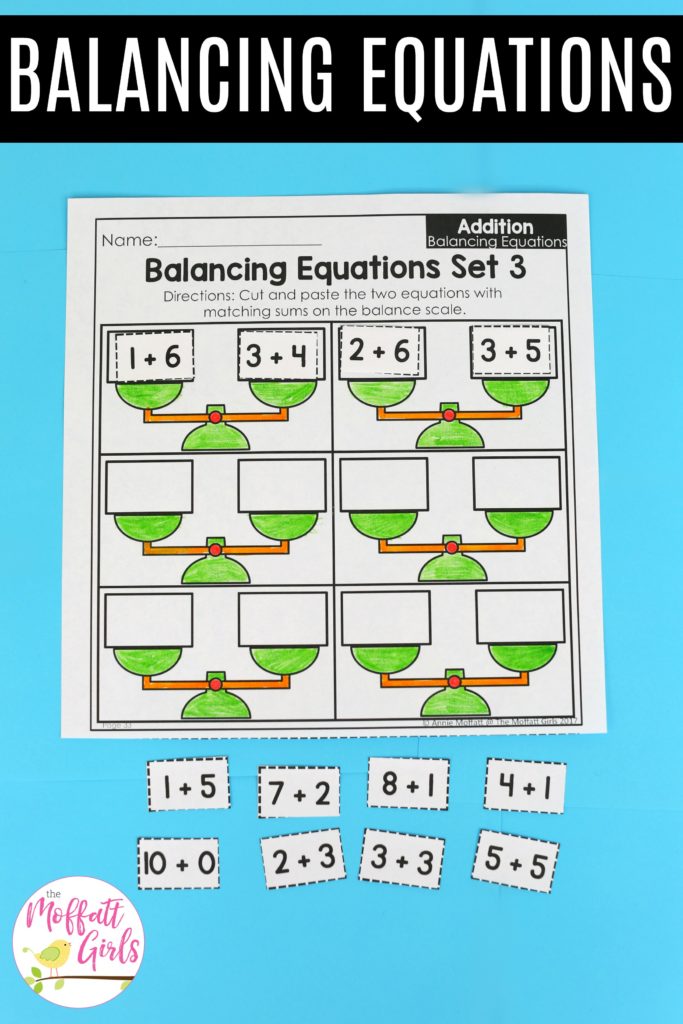





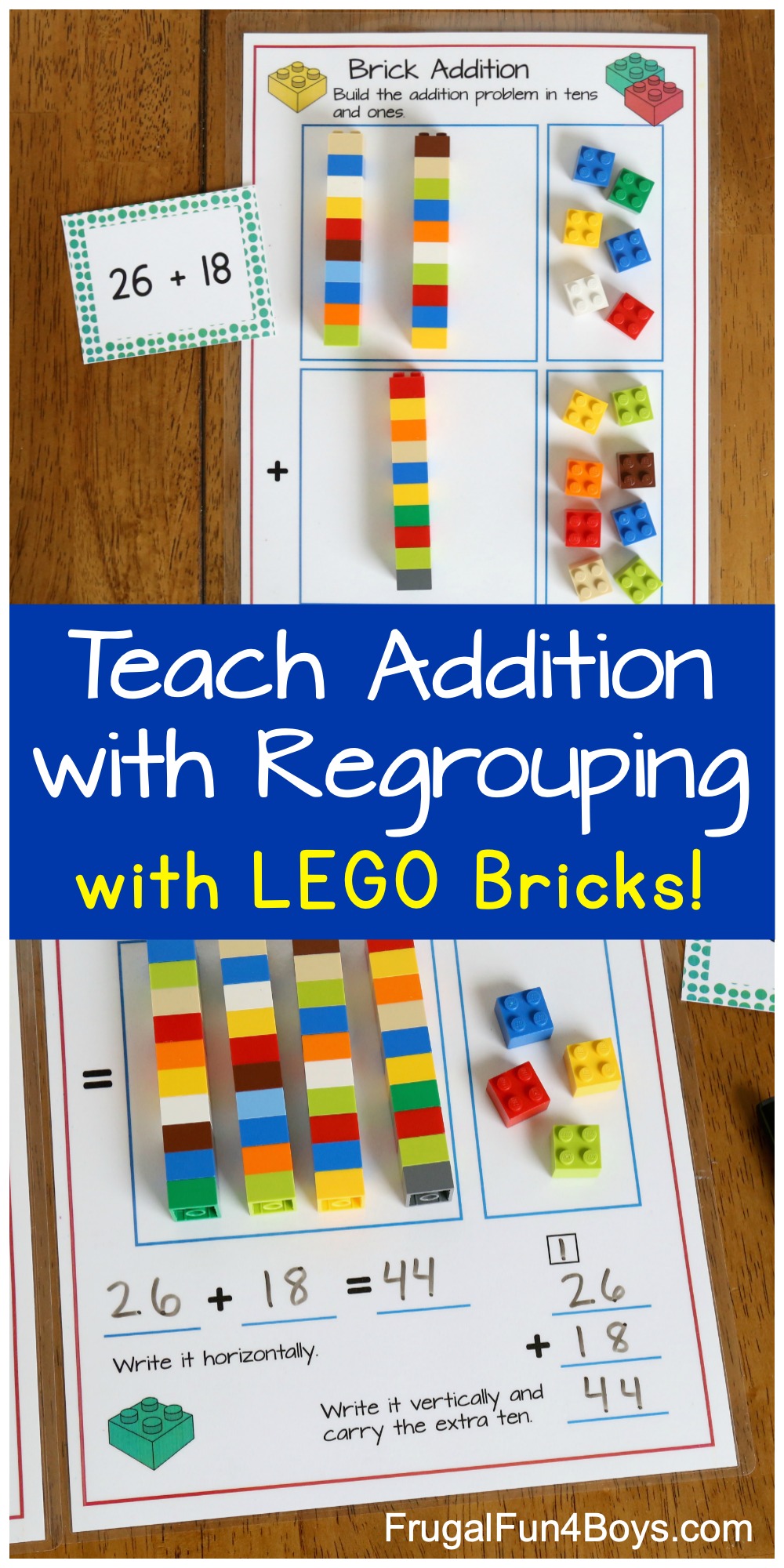

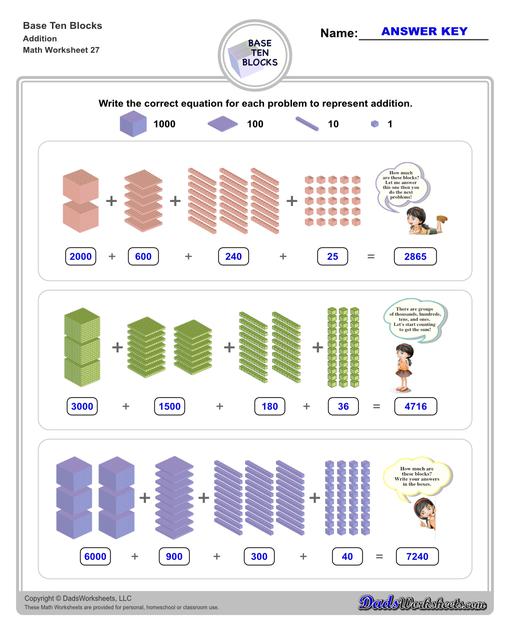


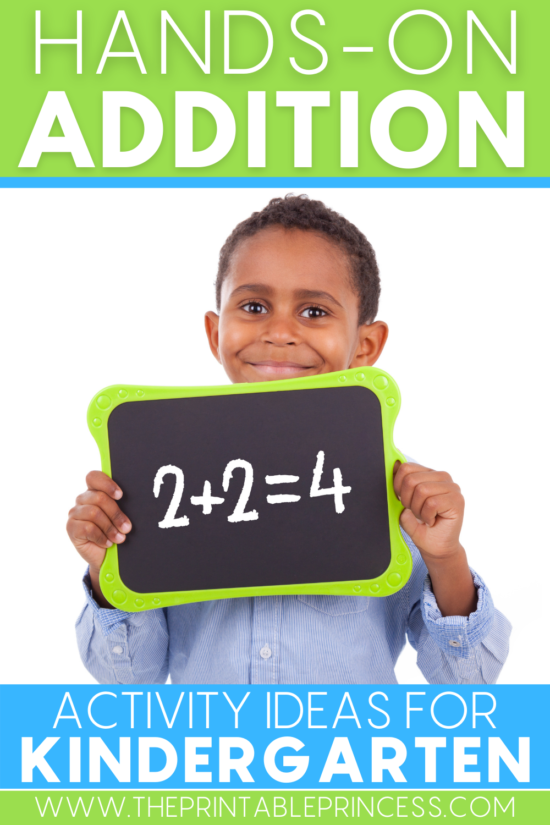








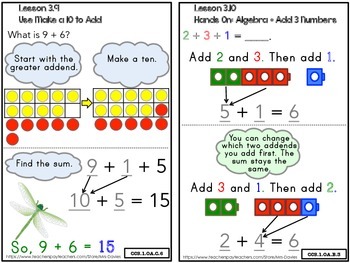
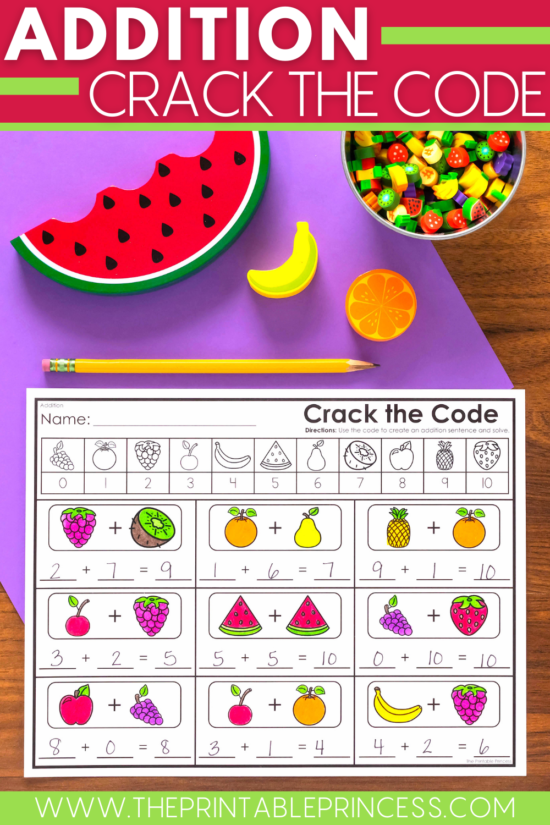

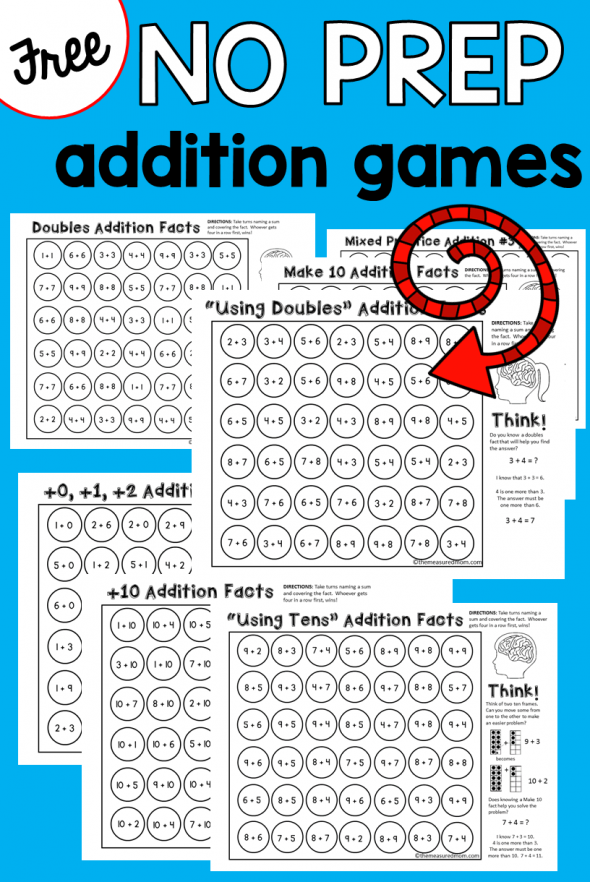











0 Response to "41 how to teach addition to first graders"
Post a Comment